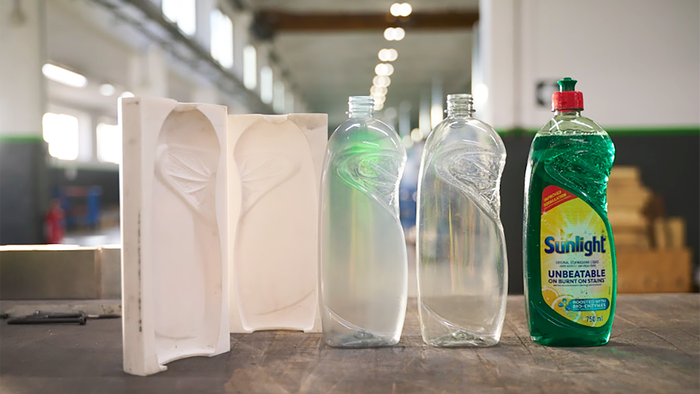Bowl Filler Basics
Bowl fillers don't overflow and they're so reliable, some installed a hundred years ago are still in use today.
June 24, 2024

Bowl fillers are a tried-and-true alternative dating back to the 1920s when farmers needed to bottle milk on the farm. These fillers needed to be rugged and simple to operate, maintain, and sanitize. They proved so reliable that the basic design and even some of the original machines are still in use today. This design is standard in dairies but they're also used for bottling water, juice, spirits, pharmaceuticals, household products, and virtually any free-flowing still liquid. Products can be filled cold, hot, or in between.
Bowl fillers are available with as few as four nozzles or “valves” for low speeds and as many as 120 valves for speeds to 1,200 bottles per minute (bpm).
These fillers have a reservoir bowl mounted above the bottle turret with nozzles mounted on the bottom of the bowl. The lower ends of the nozzles are similar to overflow nozzles. The difference is in the upper portion, as shown below.

Bowl filler schematic from Changeover.com
Nozzles on bowl fillers don’t overflow. Instead, a vertical vent tube rises into the bowl, ending above the normal product level. During filling air and foam vent back to the bowl. Since product cannot rise higher than the product level in the bowl, no actual overflow takes place. In the case of excessive foam, it may be forced out of the vent tube and back into the bowl of product. Since this is a closed system, the risk of product contamination from recirculation is eliminated.
Fill level is controlled by how deeply the nozzle enters the bottle. This penetration is adjusted by using spacers and washers.
It’s easy when you know.
This article was taken from Chapter 6, Level Filling, of my new book Secrets of Liquid Filling, which will teach you more than you'll ever need to know about filling any kind of liquid in any kind of container. Full details and chapter samples are available at www.packmachbook.com, and you may purchase the book at Amazon.
About the Author(s)
You May Also Like


